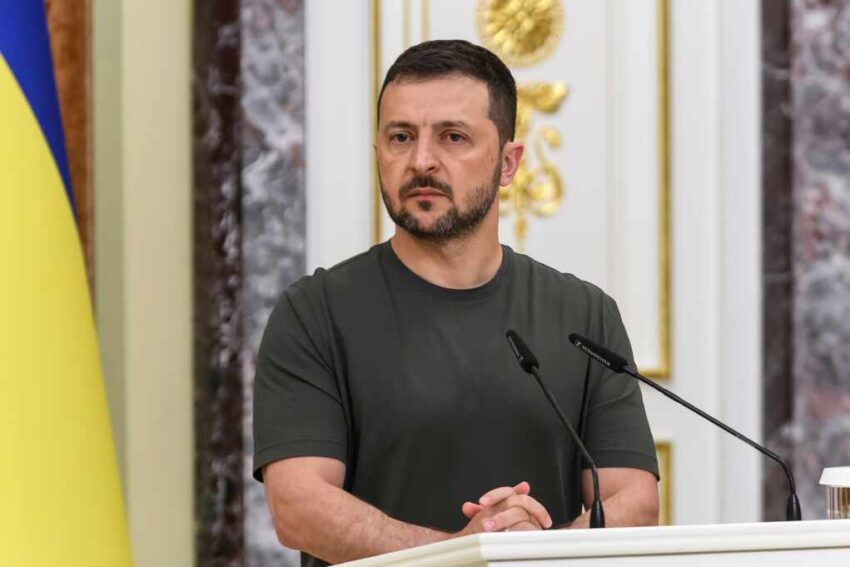A pivotal U.S.–Russia summit in Alaska reshaped American policy toward Ukraine by dropping a ceasefire push and signaling a shift toward a formal peace deal.
At a Glance
- U.S. President shifted from advocating a ceasefire to seeking a lasting peace agreement, aligning with Russian positions on the matter.
- Russian President Putin reportedly accepted that Western powers could extend NATO-style security assurances to Ukraine.
- Putin’s demands include relinquishing control over eastern Ukraine’s Donbas region, including Donetsk and Luhansk.
- Ukrainian President Zelenskyy and a European delegation are set to meet Trump in Washington to oppose territorial concessions and secure robust support.
- European and American officials express cautious optimism but remain wary of any peace terms that compromise Ukraine’s sovereignty.
Summit Pivot and Shifting Strategy
On August 15, 2025, President Trump met with Russian President Putin in Anchorage, Alaska. Prior to the summit, Trump had emphasized securing a ceasefire in Ukraine as a top goal; however, following the meeting, he reversed course—declaring that a comprehensive peace agreement would be more effective than a weak ceasefire.
Watch now: Trump-Putin Meet in Alaska with Red Carpet Fanfare But No Deal · WION
That shift, aligning more with Putin’s stance, has raised alarms among Ukraine’s leaders and European allies. Putin reportedly agreed to allow the U.S. and EU to provide Ukraine with NATO-style security guarantees as part of a peace framework—marking a rare concession. Meanwhile, he argued that Ukraine should cede portions of the Donbas—specifically Donetsk and Luhansk—as the price for halting combat operations.
Ukraine Pushback and Western Response
Ukrainian President Zelenskyy has firmly rejected any territorial concessions, citing constitutional and moral grounds against sacrificing sovereign land. Ahead of his impending White House visit, Zelenskyy will be joined by key European leaders—including Macron, Merz, von der Leyen, Starmer, Meloni, and NATO Secretary-General Rutte—to present a united front.
Their joint effort underscores deep concern across Europe that any settlement leaving Ukraine diminished could embolden Russia further and destabilize the continent. Leaders plan to stress that Western unity must hold firm even under pressure from shifting U.S. policies. The White House meeting is expected to test how far Trump is willing to accommodate European concerns while advancing his own negotiating strategy with Moscow.
Cautious Optimism and Diplomatic Stakes
U.S. envoy Steve Witkoff framed Putin’s acceptance of NATO-style security guarantees as a breakthrough, though details remain vague. European and U.S. officials remain skeptical, stressing that any assurances must be credible, enforceable, and not offered in exchange for Ukraine’s territorial losses. Questions remain about how such guarantees would be structured and whether they would carry the binding force of NATO’s Article 5 defense commitments.
Meanwhile, analysts warn that even modest concessions on territory could fracture Ukraine’s domestic political unity and embolden separatist groups. As talks progress, the balance between achieving peace and preserving sovereignty will likely define the next phase of U.S. and European diplomacy.
Sources
Click this link for the original source of this article.
Author: Editor
This content is courtesy of, and owned and copyrighted by, https://deepstatetribunal.com and its author. This content is made available by use of the public RSS feed offered by the host site and is used for educational purposes only. If you are the author or represent the host site and would like this content removed now and in the future, please contact USSANews.com using the email address in the Contact page found in the website menu.








